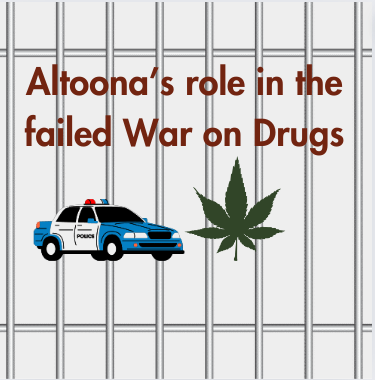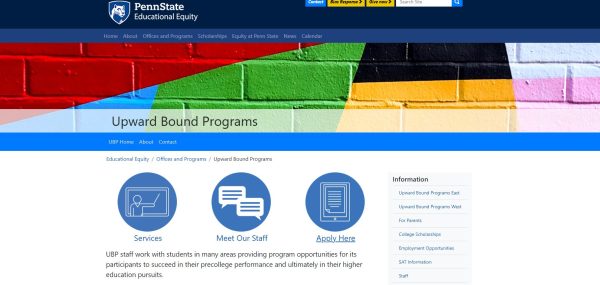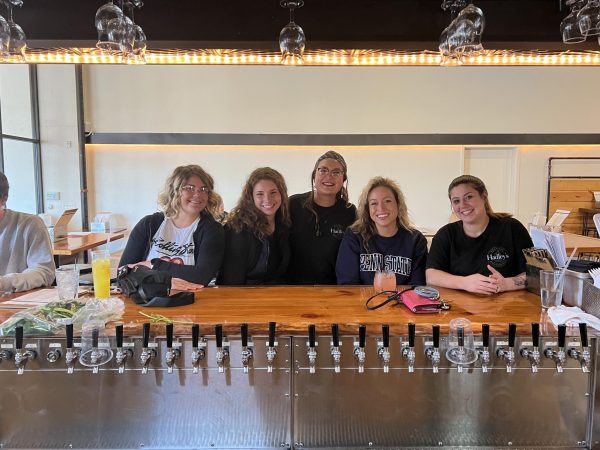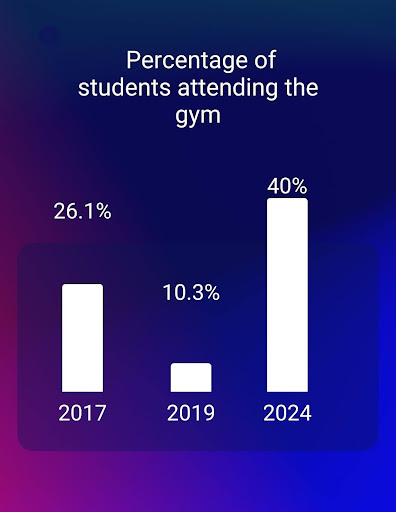Food for thought: why school lunches should be free
Empty tables, empty stomachs. Every school day during fifth period, students gather to eat lunch. The cafeteria workers prepare lunch everyday for the students.
September 20, 2022
Food is fuel: The message that is plastered in school cafeterias across the United States. Posters scattered on the walls of the lunchroom, displaying proper food triangles and giving tips on how to build a healthy lunch. As students pass through the lunch line, they are always told to “grab a fruit”, or “grab some vegetables.” Food is fuel, until it comes at a cost.
According to the Education Data Initiative, 1.54 million students cannot financially afford a school lunch. The national public school meal debt is 262 million dollars per year. Since the rise of the pandemic, and after the nationwide school shutdown ended, schools introduced a COVID-19 free school lunch program. This allowed all students who were enrolled in school to get their lunches free for an entire year. This program; however, ended at the start of this school year.
Charging children to eat somewhere they are legally obligated to be at for the entire day, let alone the entire year, is exploitative. There are countless numbers of students who physically rely on school to provide them with some sort of subsistence, regardless if it’s just an apple they are eating. The sad, but most evident truth, is that some children do not have a safe place to go home to after every school day. For a variety of kids, school is a safe haven. There is no good reason to restrict a basic human need because they are unable to pay.
The pandemic has stolen a lot from many people around the world. There is irreversible damage that has been dealt, and it is still causing hardship within families today. There are a lot of families who were financially stable three years ago that are now unable to afford the same things they used to. COVID-19 hurt the workforce, the economy, and mostly: the pay rate. Now more than ever, there are hungry children anticipating getting lunch at school after a long weekend of not eating anything at all.
The most conspicuous arguments being held against making lunches free is the option for families to sign up for a free and reduced lunch program. With that being said, I notice the effort that’s attempting to be made. Programs such as the Mountain Lion Backpack Program, The National School Lunch Program (NSLP) and various summer lunch programs, are all valid and considerable options. My only response to that is: some families will refuse to sign up. It is an awful decision to treat children with sadistic tendencies, but programs like these can be abused. Some parents will take the food their children come home with and eat it themselves. In a less harsh view, some families might feel embarrassed admitting that they need help.
To qualify for free and reduced lunch, families have to be below the income of $17,667 per year. If a family is making $25,143 and more, they no longer can qualify. In hindsight, the jump from $17,000 dollars to $25,000 seems like a lot. Unfortunately, in today’s economy, that is not nearly enough to make a living. With inflation on the rise, modern day necessities become unattainable.
As adult citizens in the community, it is a responsibility to pay taxes each year. The amount the money parents indirectly send to the school could easily be used to provide children with lunch. I feel there is a lack of reason to defend getting thousands upon thousands in taxpayers dollars and not using them for improvement. To put it frankly, new luxury items that are only good for display in the school hallway are far less important than funding the lunches of students.
When the economical diversions are put aside, it all boils down to the sole fact that food is so incredibly important for growing kids. Elementary school students are reaching the point in their lives where nutritional value is necessary. The seniors have never left that point in their lives. Every student, at every stage of their life, goes through unique experiences that require the body to be nourished and well taken care of. Once the end of August hits, kids spend the majority of their time in school. School is a stability. It’s a foundation that is given to students for them to learn and expand, for them to focus and prepare. School takes care of everything a student needs except guaranteeing them a meal everyday. Health and gym classes become hypocritical to hold, because what good is teaching about dietary habits when a percentage of the school can’t buy lunch everyday.
Subjecting students to the embarrassment of not being able to afford a school lunch is unacceptable and avoidable. As school is a mandatory requirement for all students, it is only fair that they can have the decency to feed them as well.
Food is fuel, and no child should ever go hungry.

















